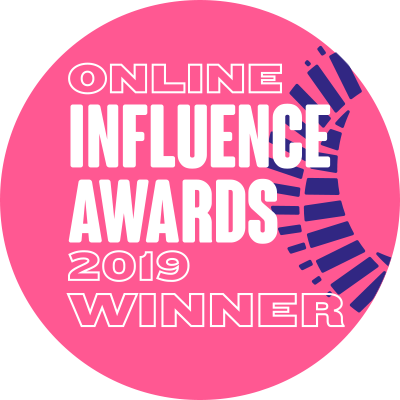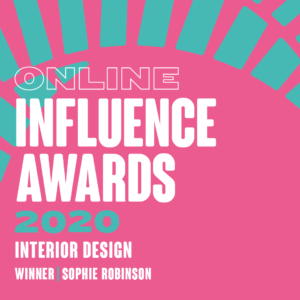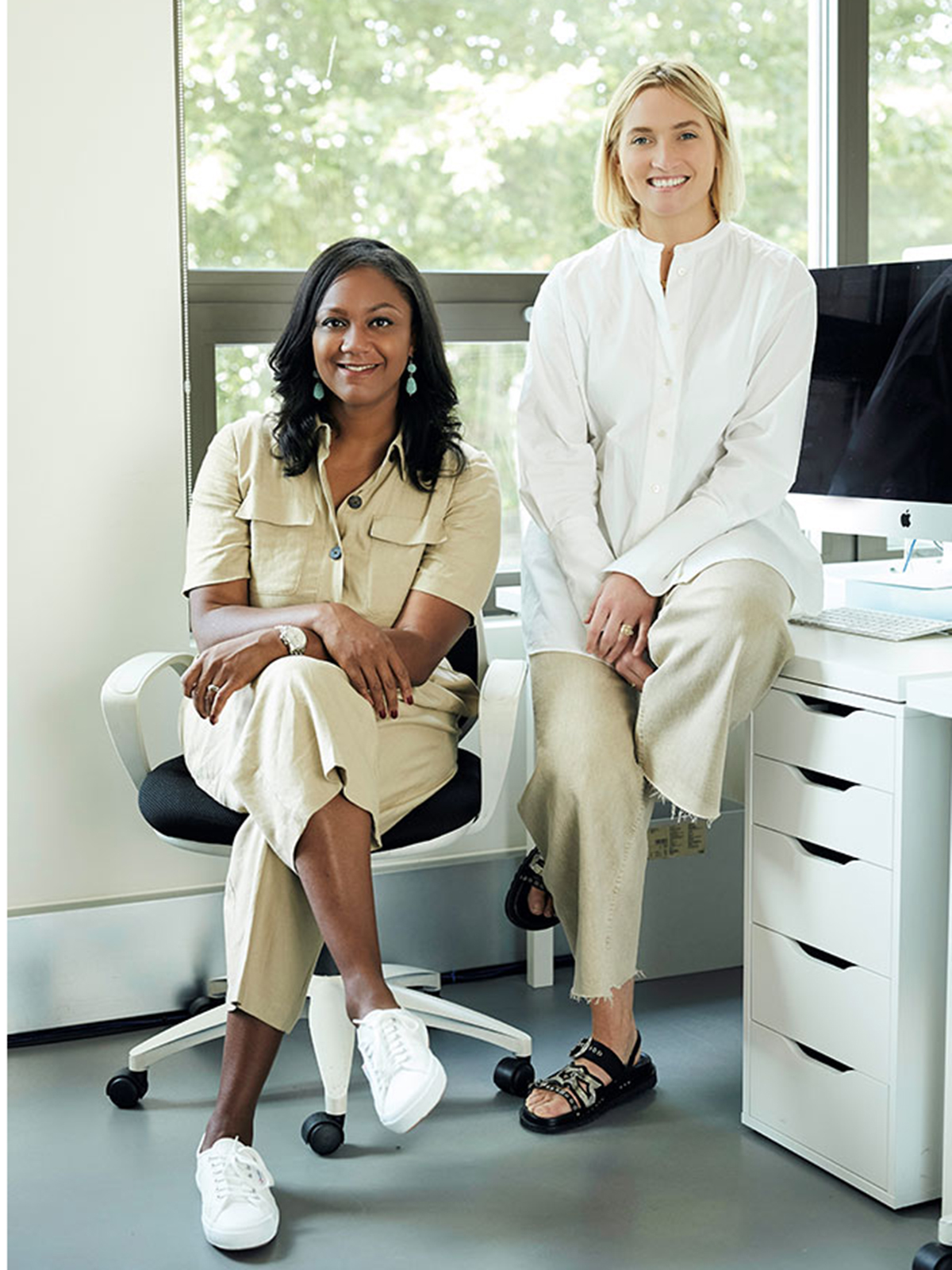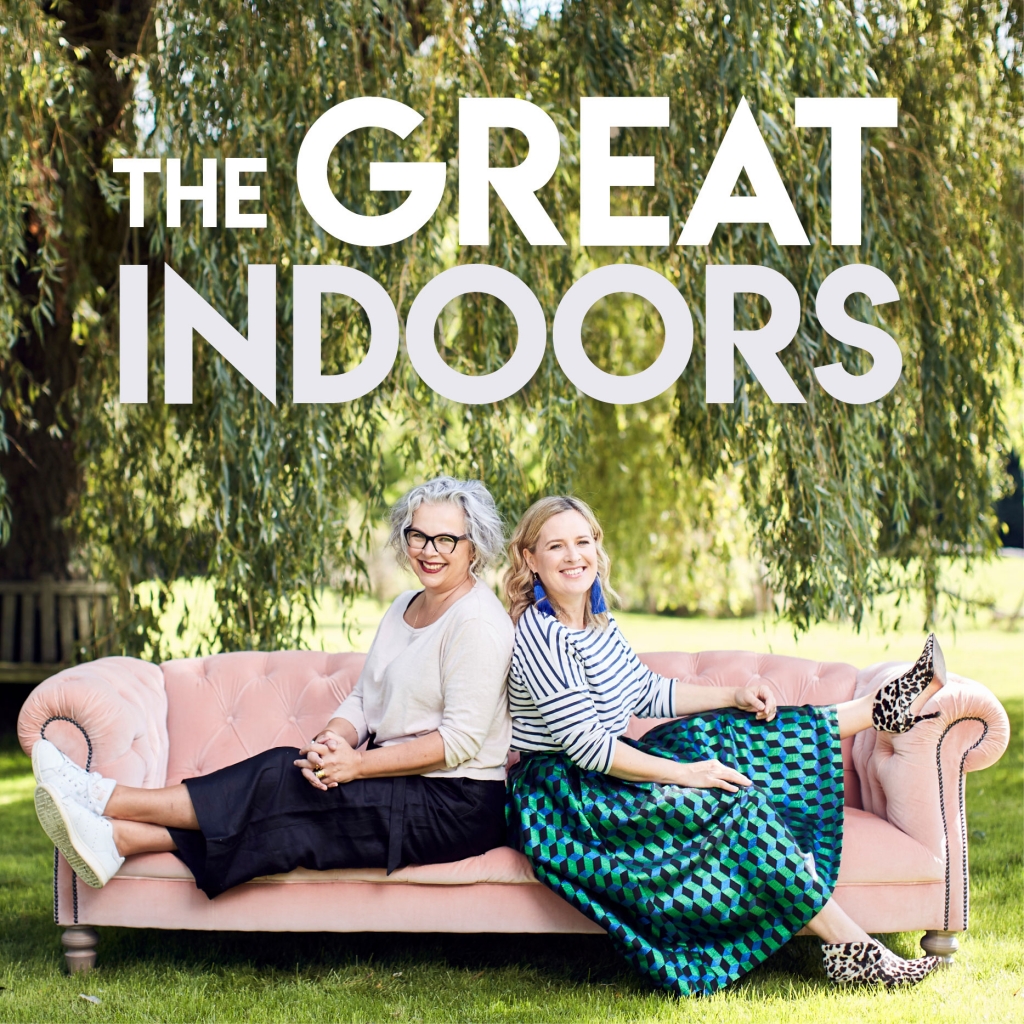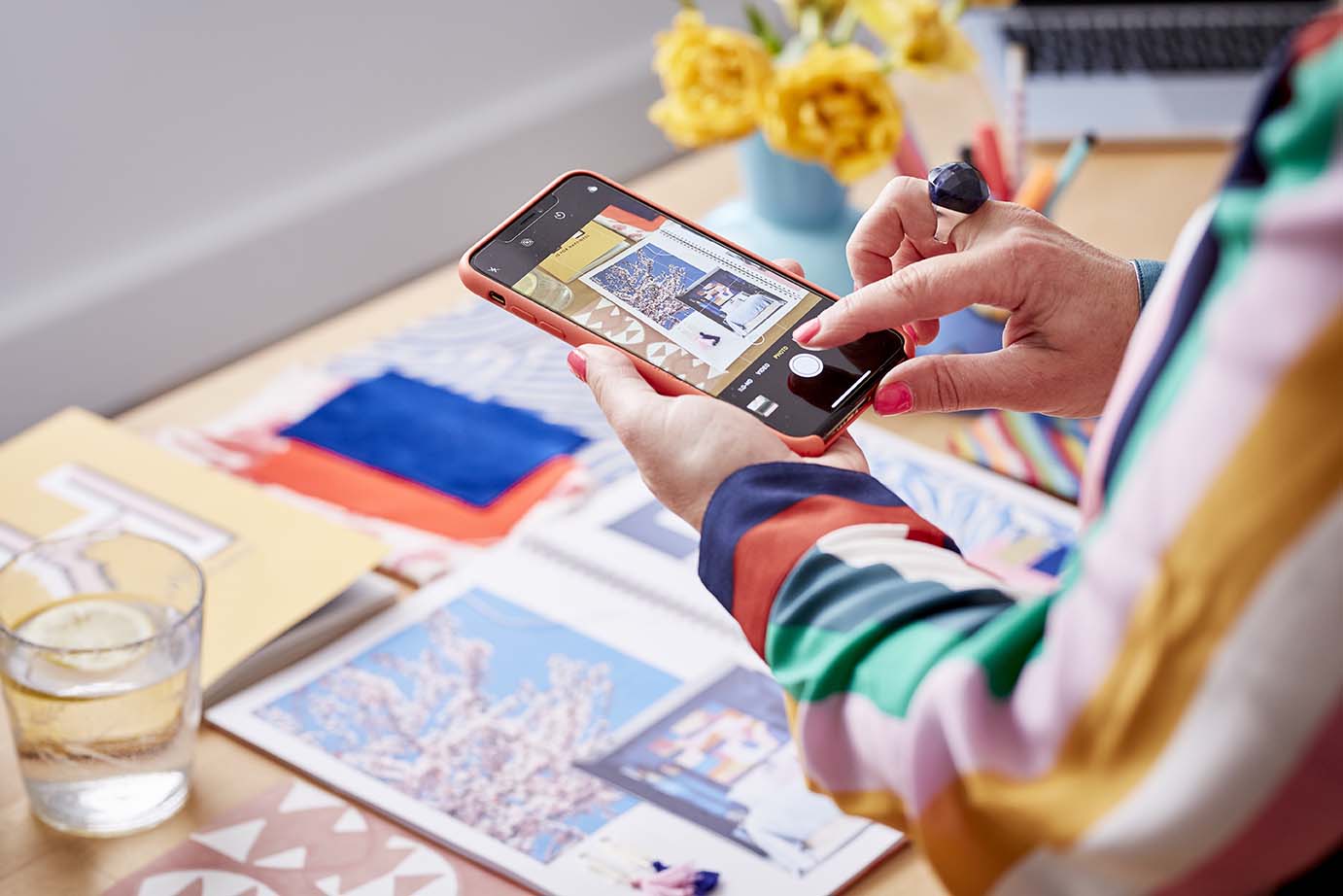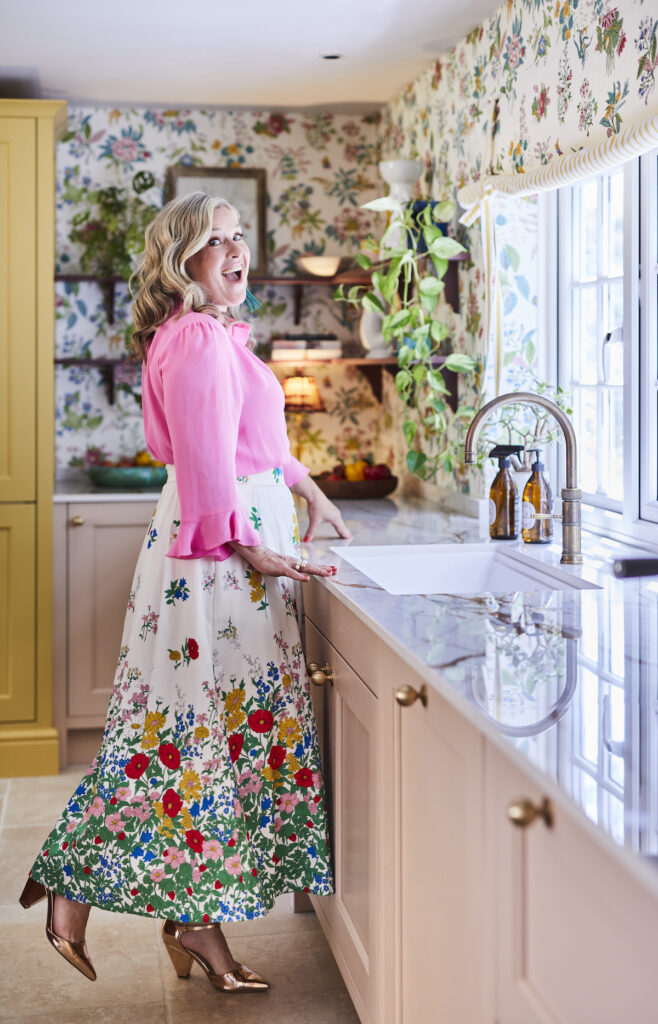Garden offices, United in Design, podcast show notes s8 ep2

Welcome to my show notes for the second episode in the 8th series of the Great Indoors. A huge thanks to our sponsor Neptune for supporting the series.
In today’s show, we chat about the garden room in all its forms, catch up on the latest diversity in design news and interview Alexandria Dauley on a new initiative, United in Design. You can catch the full podcast episode here. These are the notes, images and links that support the show.
Garden rooms
Whether you call it a man cave or she-shed, we are currently lusting on an escape to the garden. Our lockdown project has been a building a treehouse for my son Arthur which I suspect may actually quickly turn into the husband’s man cave, I’ve yet to indulge, so perhaps it’s time to get my she shed on the list! With more and more of us working from home whether part-time or full-time, I think it is vital that we get outside away from the house and have a change of scenery. I was chatting to a designer friend of mine, Marc Boase and one element of his business is designing bespoke garden rooms for clients across East Sussex. I was intrigued to know what people wanted from their outside spaces. He said that no.1 on the wish list is a workspace but next up they want them to be versatile. So office by day and a social space/teenage den/ recording studio/ yoga haven/ by night. There are quite a few demands for these extra rooms.
With these serving as multi-purpose spaces there are essentially extensions but just not built on to the house. Generally speaking, in the UK, you won’t need planning permission as long as they don’t go over 2.5m in height and are 1m distance from your boundary and you are not creating sleeping accommodation. Do check that they comply with building regs and do check all potential planning issues first before you make any expensive investments. For the UK head to Planning Portal for all you need to know.

A modern Scandi inspired version of a traditional Shepherd’s hut by the Houtt Cabin Co.
Creating a garden office doesn’t convert well from an ordinary garden shed. You need insulation, a sound damp proof subfloor, secure doors to protect your valuable belongings, double glazed windows, and you may even have requirements for electricity and perhaps running water – if, like me, you can’t imagine working in a space without a cuppa on tap! According to Marc, he feels you are looking in the region of £20k upwards, so it is quite the investment. Desirable add ons like Skylights, large floor-length windows, bi-fold doors etc these will, add a considerable amount to the budget.

Selina Lake, stylist, author and columnist shows us how it’s done in her book, Shed Style: Decorating cabins, huts, pods, sheds & other garden rooms her book is a great place for garden room inspiration.
Do check out trade shows and exhibitions as you may be able to buy ex-display models at a fraction of the price. You could also try buying some kind of structure, a shepherds hut, a reclaimed outbuilding for example and insulate it yourself or hunt the Freecycle ads, eBay and reclamation yards for old bits of woods and build it yourself as we have with the treehouse. Do note: this is quite an undertaking and isn’t something that can be thrown together in a couple of days. As anyone following the progress of our treehouse will attest!
Do get in touch with all your shed hacks, tips and tricks, you can find us on Insta @sophierobinsoninteriors @mad_about_the_house or do join in with the conversation of the very resourceful Facebook group.
United in Design
Last series we did a diversity in design special and it was our most downloaded episode EVER which was just amazing and we promised to keep talking about the issue and all the initiatives that have been launched. At the time of recording the Design for Diversity campaign launched by Kate and Rukmini Patel has had 120 sign-ups from major brands, independent businesses and stylists. are in the process of setting up an annual Bursary Scheme.
Another great initiative that has come out of it is fabric and wallpaper company Black Pop has set up a Bursary Scheme, to offer a Black textile design student the opportunity to produce and launch a brand new wallpaper or fabric which will be launched next year, which is very exciting.
Alexandria Dauley and Sophie Ashby have launched United In Design, a charity to address the lack of diversity within the interior design industry. We chatted with Alex to find out more….
Alex is a trained interior designer and studied at the prestigious KLC at Chelsea Harbour and despite being the only black person on the course she had a very positive experience and didn’t encounter any issues. It was when she spoke to others that she quickly realised the problems they faced when trying to find work in a design studio once they graduated.
How did the idea of United in Design come about?
“I’ve been back to KLC as a tutor and I knew there was an issue of diversity as I would see in the classrooms that it was underrepresented. So I reached out to lots of people to find out their experiences of trying to get into the industry and quickly realised there was a gap for people trying to gain access to interior design, so United in Design was born. It is a program of outreach initiatives including schools and mentoring to create a pathway for people to follow.”
The program is loosely based on a Royal ballet program that your daughter is involved in, is that right?
“I was gathering all these experiences, and I thought I’d look at my own personal experience. My daughter is 12 and she has danced for many years, predominately ballet and the Chance to Dance is an outreach program set up by The Royal Ballet School over 30 years ago as they realised ballet was for the elite. My daughter is now in her fourth year of training so I knew that outreach actually works and would work to bring interior design to the consciousness of people who wouldn’t have seen it as an option for them.”
Why didn’t you want to set up a studio? are you drawn to the teaching aspect?
“At the time, having two daughters for me to go into a design studio and work very long hours for junior design pay it wouldn’t have fitted in with family life. I set up Dauley Design with the help of Evie my mentor for all the practicalities on setting up a business and I started from scratch working for friends and family to build up my portfolio. I was then able to take those projects and use them for marketing, set up a website and work started to flow in and I found myself in a lovely niche in South London and Surrey borders.”
Will one of the elements of United in Design be advising on the practicalities of starting a business?
“We will certainly touch on it later down line. At the moment the resource hub is aimed to give people a lot of in-depth information – how to put a CV and portfolio together, how to get into the industry, where can you study etc etc. The mentoring side will give the help and advice I got from my mentor but on a more ad hoc basis.”
What can we expect from interior design with so many diverse backgrounds, tastes and styles?
“It’s very exciting! For instance, I go to Kit Kemp‘s hotels, she champions makers, suppliers and designers from diverse backgrounds and if you go into her hotels, it’s amazing to see the cultural textures, colours and techniques and we are seeing their heritage through the designs. It creates a melting pot of different takes on design it’s opening up the industry to a whole new community.”
The interior design industry has been very white and middle class for too long and I think Instagram has really helped shine a light on talent despite their background – this is a great start but there’s still lots to be done. The Creative Mentor Network was brought to my attention, it’s a platform for mentors to sign up for training to understand how the creative world can work more inclusively with people from lower socio-economic backgrounds.
Another initiative has been set up by TV architect Laura Jane Clark, Sirensister which is a diverse female-led network of architects, interior designers, stylists, horticulturists, photographers, makers and consultants for TV and film and media industry. Laura witnessed a real lack of diversity within architecture, not just race but gender too, so she was keen to create a platform to help people from all backgrounds to access the industry.
Many thanks to our fab producer Kate Taylor, to Alex for taking the time to fill us in on the United in Design program, our lovely sponsor Neptune and of course our gorgeous listeners.
Image at top: a fun She-shed project I did with the lovely folks at Hillarys
Leave a Comment
Cancel Reply
